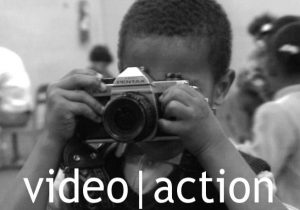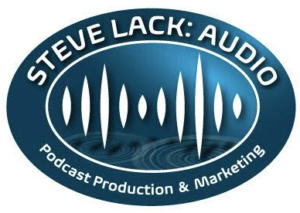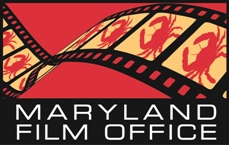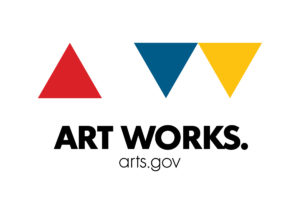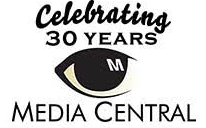Written By: Jillian M. DiNardo
Overview of the Panelists
Peter Stonier is the Senior Director of Visual Storytelling at Conservation International, an organization that works to protect nature and promote biodiversity initiatives. Kiley Kraskouskas is the co-founder, president, and executive producer of Thinking Forward Media. She is also a long-time member of WIFV! Kim Buckner Patton, the Training Coordinator for the Foundation Center in DC, spoke on the benefits of using a large grantor database like the Foundation Center. Wrapping up the panel was Dave Cooper, a local filmmaker and photographer who directed and produced an award-winning short film for only $4,000.
Hints and tips from the experts
For Filmmakers:
1. When beginning to plan a film, look for a nonprofit that works with the issue or message on which you would like to focus.
2. Be creative with the budget you have-no matter how small.
3. When making a video, making sure the video is built around a specific message. The beginning and end of the video should clearly mention the campaign that the organization is promoting.
4. It is very important to educate nonprofits and those who work in nonprofits about the benefits of video and the process of filmmaking. Point out that overhead is required for a video, but a video should not be viewed as a side project that only costs money. A video can actually bring in more money to a nonprofit because of its potential for publicity.
For Nonprofits:
1. Look for funding from board members and foundations; try to find your “funding soul mate.” Focus on donors that share your mission and view of the relevant topic. Make sure that throughout the filming process, the video stays true to the original goal.
2. Form a symbiotic relationship: funders receive as well as give. An effective way to do this is through advertising. Ensure that the donor is getting public exposure and recognition.
3. Utilize crowdfunding: pooling networks and resources to support an organization’s or filmmaker’s efforts. To engage with your networks, send direct and specific emails. Follow up with them more than once, even if that means making phone calls. Most importantly, ALWAYS send personalized thank-you notes, just like your mother taught you. Work on “building a community, not a donor list” (Kraskouskas).
4. When applying for a grant to make a video, be sure to frame your mission in a way that clearly shows the funder your video’s potential for the change and impact. Funders will be looking for a long-term impact, so show them that you will document this impact visually because a video shows the work that you’re doing. Think of your film as a medium in which you will tell your story with pictures rather than in words.
5. A great way to find grantors is through the Foundation Center website. There is a membership fee, but anyone looking to use the site for free can come to its K Street location and access the database there.
6. Find a way to measure the success of your video. You can do this through the value provided to the donor (which includes publicity), impressions made (views, shares, etc.), funds raised, and the impact made.
A video of this panel will be on Martha Dodge’s blog, “The Video Effect,” very soon! Here you can find a breakdown of the panel as well as full bios on the speakers: http://thevideoeffect.net/panel-series-2013/
Panel organized by Martha Dodge Media LLC

